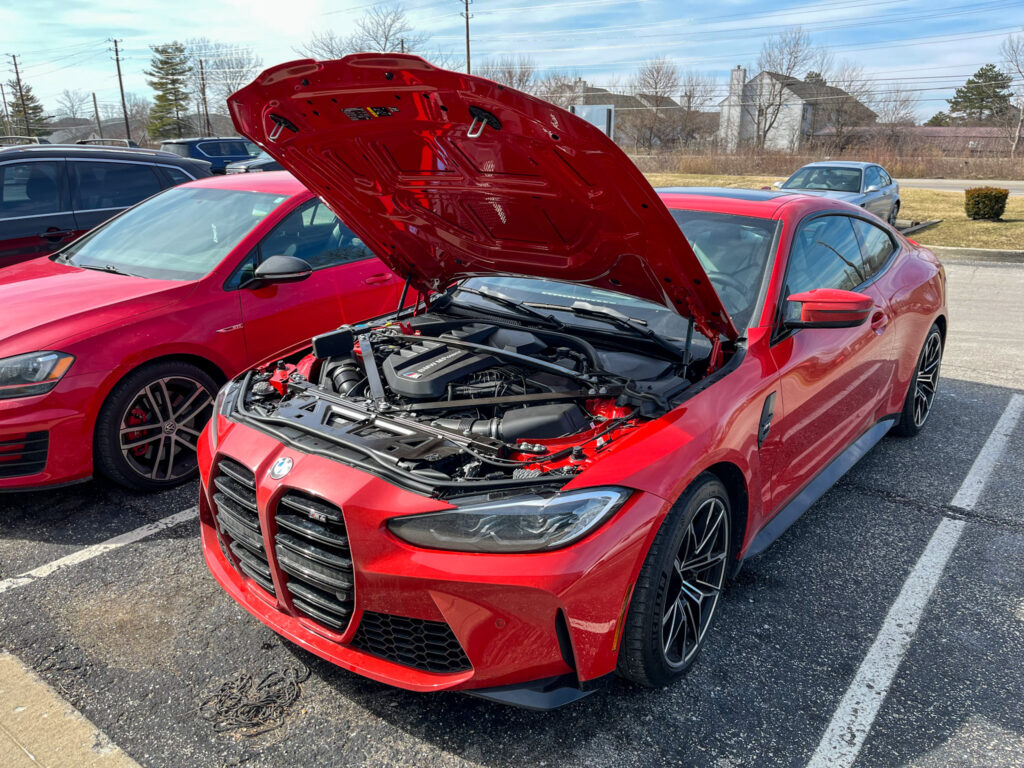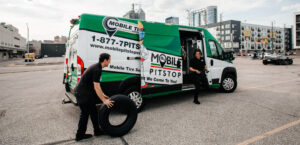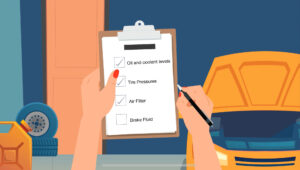It’s important that you are prepared in the event of a roadside emergency and being prepared is the first step. Whether you are stuck on the side of the road with a flat tire, and worn out battery or engine troubles, we’re here to help make sure you don’t panic and stay prepared.
Things You Should Have in Your Vehicle Safety Kit:
- A spare tire, jack and wheel wrench. *One thing of importance is to remember to regularly check the tire pressure of your spare tire. The last thing you want is to realize that your spare tire is low on pressure when you need it.
2. Jumper Cables
3. Flashlight
4. First Aid Kit
5. Roadside reflectors
6. Duct Tape
Jump Starting Your Vehicle
We hear all the time about someone coming to the rescue to jump start your vehicle when it won’t start, but what is actually going on when we do this?
When you car needs a ‘jump’ it typically means that your battery is depleted and is unable to start your car. There is a simple fix for this two a set of jumper cables. The jumper cables are attached to an external power source – usually another vehicle – which gives a surge of battery power to the stranded vehicle allowing it to start up. One you jump start your car and it begins running, the batter will go back to charging itself as it runs.
There are a couple of things to remember before you jump start your battery. Take a look at the battery to makes sure it is not, cracked, leaking or corroded (in which case a green powdery substance will be in the battery). You also want to make sure you don’t jump start a frozen battery.
Once you have cleared the battery the second most important thing is to make sure that the two ends of the jumper cables NEVER TOUCH. Now you are reach to jump start your vehicle.
- Pop the hood of both cars
- Make sure the assisting/working car is parked nose to nose with your vehicle and is shut off
- Once you locate the battery look for the two posts which you will attach the cables to. One post will be be positive (+) – which is usually red – and one will be negative (-) – which is usually black.
- You should have two cables. One that has a positive or red clamp on each end and one that has a negative or black clamp on each end.
- First start with the positive clamps. Go to the assist/working car, which should be OFF and take the positive or red cable clamp and attach it to the positive (+) post of the working battery. Then take the other positive (+) red clamp and attach it to the positive battery post of the dead car.
- Then take the first negative or black clamp and attach it to the negative (-) post of the working battery of the assist/working car and the other negative black clamp should be attached to a non-painted metal surface on the engine of the dead car (it should not be on the battery).
- Go to the assist/working car and start the engine, letting it run for a few minutes.
- After a few minutes go to the dead car and try to start it.
*It’s important to remember to not shut off your engine right away. You will need to drive your car around for about 15 minutes to activate the automatic charging system to prevent your car from going dead once shut off.





1 thought on “Vehicle Safety and Jump Start Guide”
Im very pleased to find this site. I need to to thank you for ones time for this particularly fantastic read!! I definitely really liked every part of it and I have you bookmarked to see new information on your site.